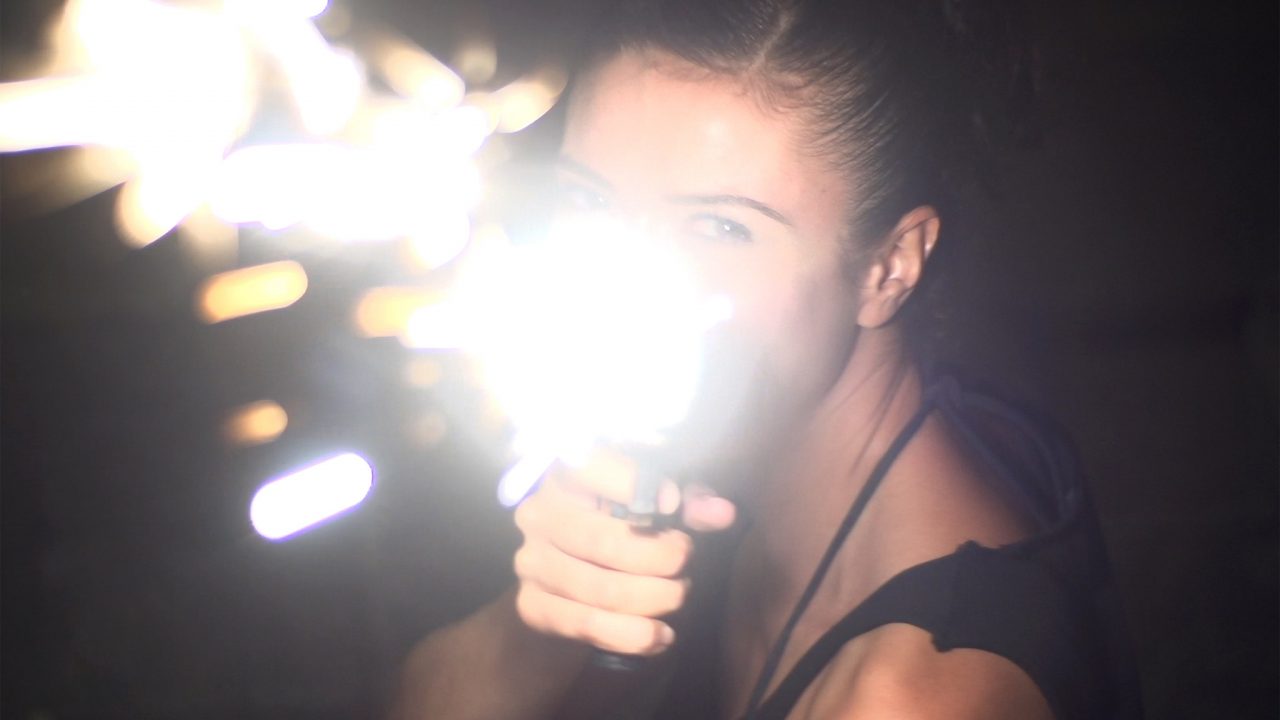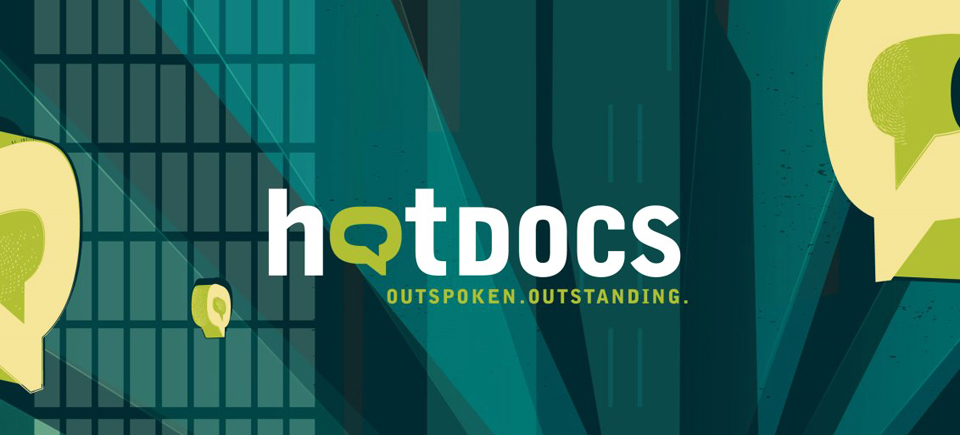
Teaching Identity Politics in the Digital Age with “The Amina Profile”
Teaching Identity Politics in the Digital Age with “The Amina Profile”
The provocatively-named blog A Gay Girl in Damascus first gained traction and extensive media coverage in the summer of 2011. Purportedly written by Amina Arraf, a homosexual Syrian woman, the blog was consistently critical of the Syrian government in the months leading up to the country’s civil uprising of 2011. But who was Amina? Why was she writing? And why and how did she suddenly go missing?
The 2015 documentary The Amina Profile (Sophie Deraspe) is a rich resource for educators focusing on the intersecting topics of identity politics, global geopolitics, and relationships in the age of social and digital media. The film also prompts an interesting discussion about the documentary form and its ability to reveal—and conceal—the “truth”. Read on for some ideas on how to broach these subjects with your students after screening this compelling film.
The Amina Profile, Sophie Deraspe, provided by the National Film Board of Canada
Note: this film contains scenes of nudity and/or sexuality. Viewer discretion is advised. Educators should be aware that this film is only appropriate for post-secondary levels.
Gender identity and sexuality in the digital age
Relations of power and oppression based on sex, gender, and sexual orientation are nothing new. An entire history of patriarchal hetero-normative discourse has consistently persecuted and endangered those who are perceived to deviate from established norms. But the digital age, and the ease with which it facilitates communication, has changed the ways in which these relations of power are enacted.
After screening The Amina Profile with your students, re-play the opening minutes of the film in which an anonymous woman disrobes during eroticized narration. This sequence provides an opportunity to reflect on sexualized images of the female body in general. In what contexts can such images be empowering and/or oppressive? What are the effects of this particular sequence on viewers: shock, arousal, discomfort, disapproval?
Notice that the film does not reveal exactly to whom the body and the voice in this sequence belong. But what inferences does the film make? Ask students to identify who the body and the voice are “supposed to be”; what clues lead them to this conclusion? After having seen the entire film, ask students to discuss why filmmaker Sophie Deraspe may have chosen to open her film with these jarring images.
Images can of course be used as tools of power (think of the recent discussions about “revenge porn” legislation that have been in the media). There’s a great deal to consider in the digital age about the use of one’s image and one’s rights to one’s own likeness. Ask your students: how do images circulate online, and what control do we have/lack over their use and ownership? How do these issues impact the formation of relationships online, particularly those of a romantic or sexual nature? What roles do gender, sex, and sexual orientation play in these relations of power?
The documentary form and operations of revealing/concealing
Discuss “stock/re-enactment” footage with students. In The Amina Profile, scenes of protest and violence in Syria are shown in blurry, shaky long shots. What expectations are set up? Do viewers think this footage is “real” and why? What formal signatures reveal the inauthenticity? What are the roles of tinting, blurring, etc. in setting up certain kinds of expectations about authenticity?
Ask students to assess the protest footage at 13:31 in the film. Is it real or not? What are the ethics of re-enactments, especially when a film identifies itself as squarely in the documentary genre?
Consider the aesthetics of surveillance footage, some of which is shown in The Amina Profile. Even though the camera is sometimes (cursorily) manned, there is an absence of control or authorship there. How does this kind of footage compare to the explicitly authored and carefully constructed film that Deraspe has made? What are the different effects of intentional versus unintentional recording of images?
More surveillance footage appears in the film at 28:50 and 30:40. Who do we see? What are they doing? Where are they? What formal signatures are present and what do they infer?
The big reveal: who is Amina?
Spoiler alert!
The Amina Profile gradually reveals that Amina is a fictional character created by an American man named Tom MacMaster. Ask students: what aspects of the online world facilitate creating fictions/illusions, and what aspects help to actually uncover such fictions? Reflect on the crossover here between the personal and the political. What happens when both personal and political relationships are jeopardized through dishonesty and particularly online “scams”? Yes, it was the internet that allowed MacMaster to deceive, but it was also the internet that eventually exposed his hoax.
Ask students to reflect on MacMaster’s “confession” letter and the fact that he does not believe he harmed anyone. The film cuts quickly from his apology to an erotic conversation with Sandra, who believed he was Amina. Reflect on the effect of this editing choice in the film. Also: ask students to consider the elements of privilege that facilitated MacMaster’s hoax: he is a white, male, Western, middle class Anglophone. Do students or viewers feel any sympathy for him, and how and why?
What are the political stakes of taking on a false identity in order to “infiltrate” a certain community and for what purpose? MacMaster claims he liked the challenge. What are the similarities and differences between his false identity and the recent controversy over Rachel Dolezal, a white woman who identified as black? What is identity and how is it formed? And what does blogger Liz Henry mean in the film when she talks about “the identification process”?
There’s necessarily an element of trust in online interactions. How do we separate what is true from what is not when forming an online relationship? How is trust established between people who have never met online? Ask students to reflect on Amina’s relationship with Sandra in the film, and compare it to their own experiences forming relationships online. Has The Amina Profile changed the way students will form relationships online?
Hopefully, the complex and at times almost unbelievable story told in The Amina Profile will stimulate students’ own thinking about their identities, both personal and political, and the ways in which they represent themselves online. The Amina Profile is a great film for repeated viewings, as once the big “reveal” is already known, the film offers many opportunities for re-assessment and new perspectives on the fascinating cast of characters it presents.
You can access The Amina Profile through the NFB’s subscription-based CAMPUS platform. This platform offers the latest releases and bestselling educational titles in documentary, animation, and interactive productions, as well as study guides and other educational resources for students of all levels.
Pour lire cet article en français, cliquez ici.
Discover more Educational blog posts | Watch educational films on NFB Education | Subscribe to the NFB Education Newsletter | Follow NFB Education on Facebook | Follow NFB Education on Twitter | Follow NFB Education on Pinterest


